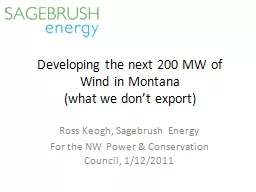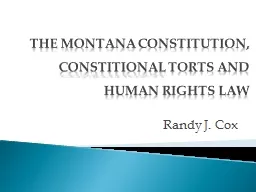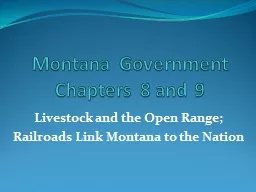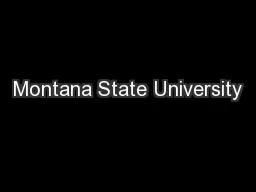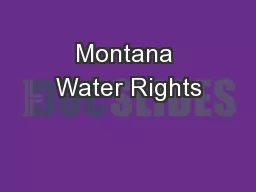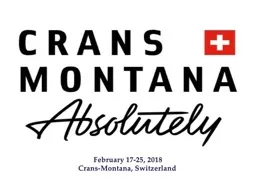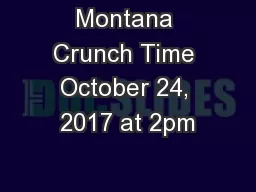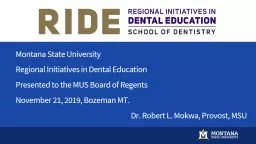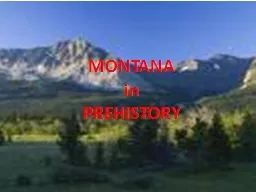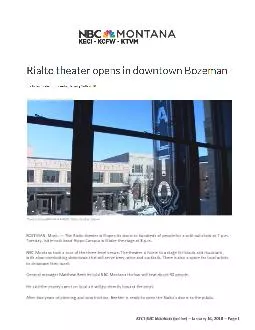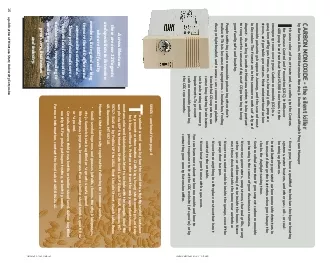PPT-Developing the next 200 MW of Wind in Montana
Author : giovanna-bartolotta | Published Date : 2018-12-24
what we dont export Ross Keogh Sagebrush Energy For the NW Power amp Conservation Council 1122011 About Sagebrush Energy A renewable energy development and consulting
Presentation Embed Code
Download Presentation
Download Presentation The PPT/PDF document "Developing the next 200 MW of Wind in Mo..." is the property of its rightful owner. Permission is granted to download and print the materials on this website for personal, non-commercial use only, and to display it on your personal computer provided you do not modify the materials and that you retain all copyright notices contained in the materials. By downloading content from our website, you accept the terms of this agreement.
Developing the next 200 MW of Wind in Montana: Transcript
Download Rules Of Document
"Developing the next 200 MW of Wind in Montana"The content belongs to its owner. You may download and print it for personal use, without modification, and keep all copyright notices. By downloading, you agree to these terms.
Related Documents

